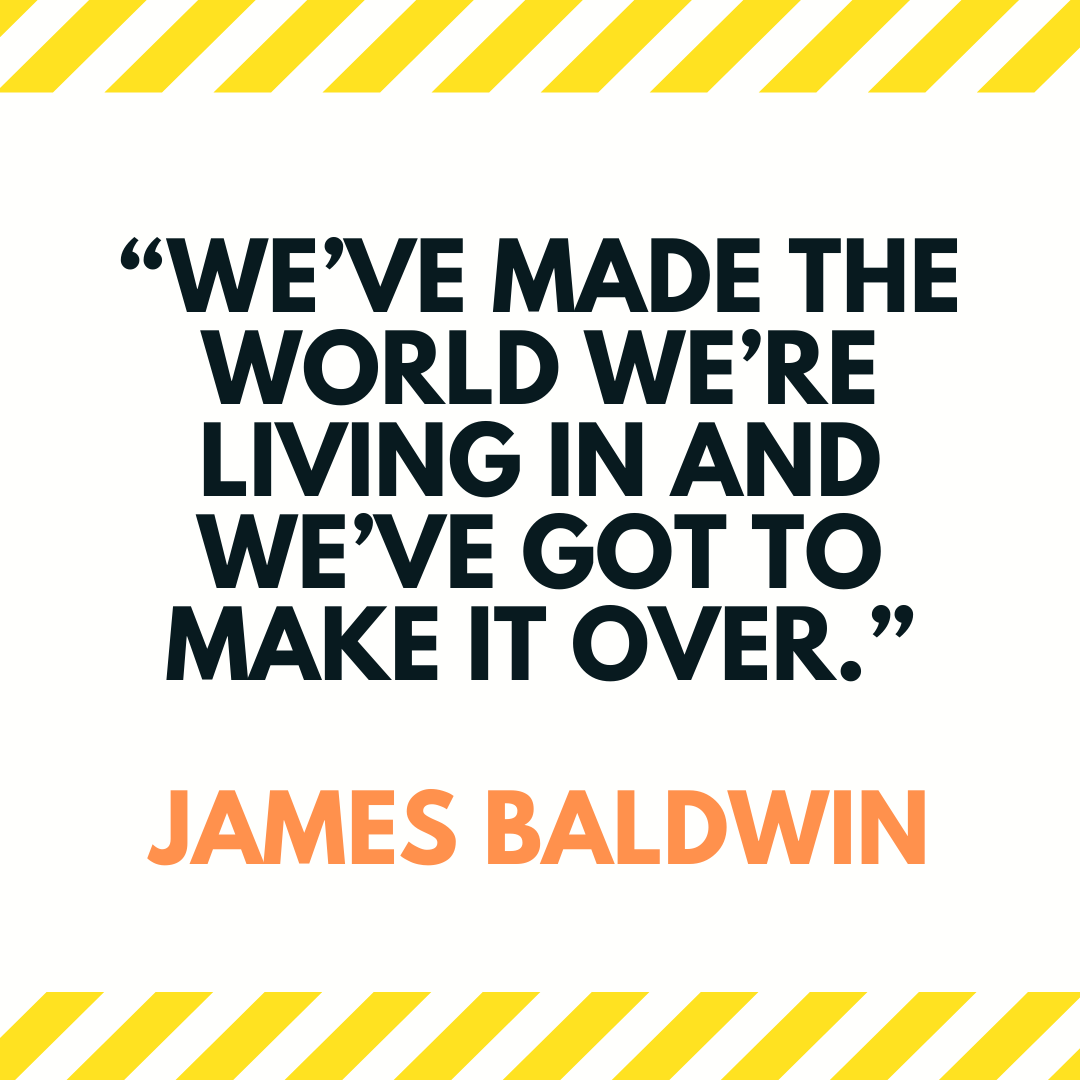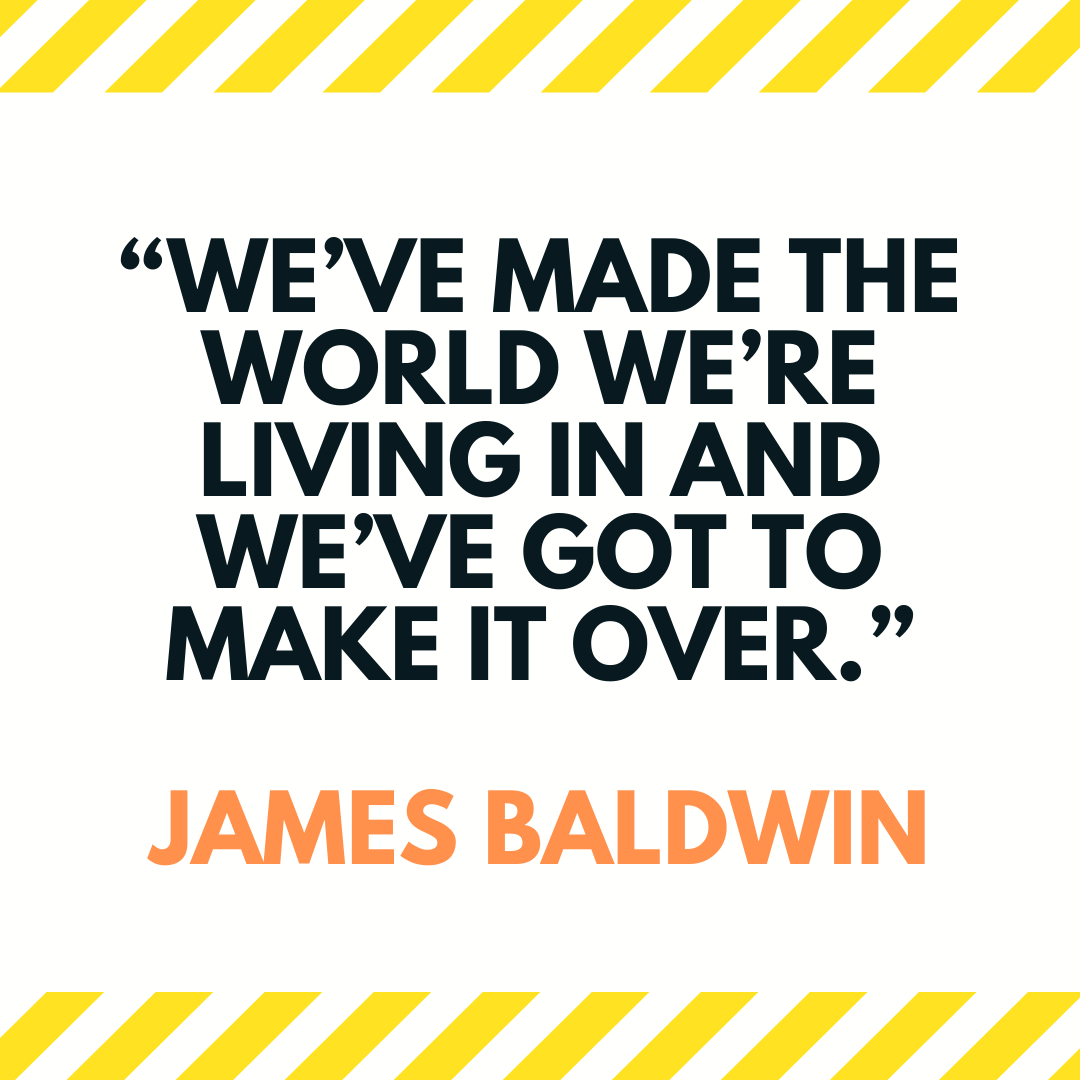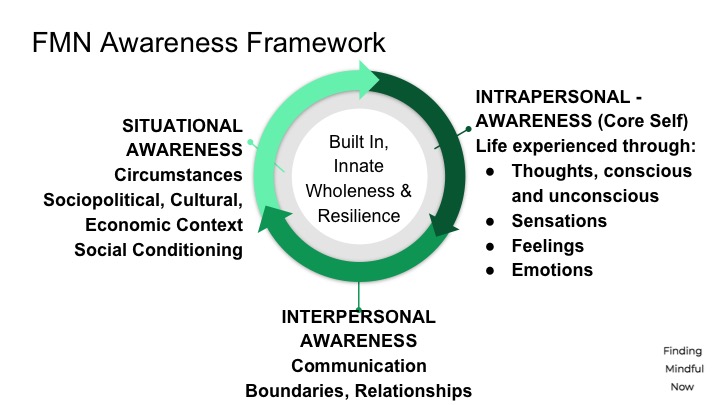Moment of Mind May 2020


Moment of Mind
Insecurity as the Root of Hierarchy
In mindfulness we’re using our attention as a tool to notice our moment to moment lived experience. When we practice using it this way, we learn how to develop a new relationship with our changing thinking and emotional states rather than being yanked around by them or avoiding them.
Part of showing people sensory based and mindfulness based stress supports is to help people realize that they do not have to avoid their psychological experiences. That feeling their feelings, their negative thinking, and their emotions is safe. In fact you have made it through every negative thought, every bad feeling and every overwhelming emotion you've experienced in your life already. And they've all changed. As the first practice for the week, please don't believe me, I invite you to look into your experience to see if difficult thoughts, feelings or sensations you have had in the past have changed since then. Have you felt different sensations or emotions since those times? Did you keep going, growing or striving even while experiencing those challenges?
When we think it isn't safe to feel we run from experiences. And in doing so we make our lives very small. I know this because I used to attempt to shrink myself, and I still fall into the habit. This month's newsletter takes a pause from the 7 week Stress Supports Challenge to apply mindfulness to social change. Too many people are dying from institutional and interpersonal forms of oppression and it would be a breach of my integrity to not bring this forward. It's also part of why I started Finding Mindful Now. Because changing programs and policies doesn't change society if people don't change with them. Both are part of the picture; you can see a diagram of my awareness framework at the bottom of this newsletter.
When looking into the inside-out nature of psychological experience we begin to see a) that the core of who we are is not the way we feel or think (our psyche) because this changes continually, b) the core of who we are is constant and stable living aware intelligence covered over with these psyche storms, and c) all of these changing thought-feel-emote-sensation experiences emerge from within.
The self concept is generated from a brain whose job it is to keep the body alive. It is a well intentioned, likely evolutionary, element of human system physiology to have a self concept. Pain, suffering and chaos emerges when it seems that this is all of who we are. The psyche is the source of "me" and "you," of "us" and "them," of "difference" and of "less than" and "more than." This is where all forms of hierarchy originate unless people in the society recognize that this is the tendency of the mind and teach the child to see the self's transparency and the stability of life that's at the core. I believe that some indigenous societies have this knowledge/practice and it is why they remain out of dominant society's grasp.
A self concept is comprised of an infinite array of thoughts, bundled together in ideas that we call beliefs, generated from a socially conditioned mind. Beliefs are positions that must be defended or they change, like every other thought-based structure. To fix them in place the self guards them, and discards or attacks threats to those beliefs. Unless the core self shines through, learning happens, and perception shifts, and then the belief falls away. This is what some call insight or ah-ha moments. I see it happen repeatedly in experiential learning when your whole being is involved, rather than only the intellect. When people are in "flow" or actively engaged in something the self recedes a little. As the second applied practice, I invite you to look back at when you've had ah-ha moments, small or large, to see what you noticed about those changes - did they come with your fully engaged attention or when you were in your head?
When that self concept is treated by all the adults around a young child as though the separate self (emerging at the age of 3) is the truth of who we are, rather than the alive awareness that is our natural state before the self forms, insecurity arises. What I am seeing is that the self wants the love and belonging that the self's arising clouds over. Love and belonging re-emerge through restoration of connection - to natural systems when we are in nature, to people when we feel that mutual sameness of love, or when the mind quiets. The default state of wholeness reappears from behind the self's storm clouds. And then the thought-based self concept returns, interrupting the flow, and the love/belonging seems to dissipate, making it seem that what the self wants is outside of the human system. And insecurity shows up. Insecurity is painful so the self will do anything to push away the pain and get back to that ease and love and belonging it seeks. For the third practice based question I invite you to look for insecurity in your life and in society and see what you notice about how it shows up.
We cannot change the outer society without an internal shift in each person in it because people create society. As expressions of life, we create living conditions through the words and actions that move through us. When that life is filtered through a lens of separate self-ness this is when suffering and pain often emerge. People create social norms that condition one another and the cycle repeats.
"You live on a spectrum between fear and love, between the old and the new, between the masked you and the real you. On any given day, you are nearer one end of the spectrum than the other." - Laura Li
The love and belonging and ease and calm we want are inside every human already - it sounds trite and it really is true that what we look for in jobs, in people, in material objects, in fame or money is already inside. None of those situations make us more whole. And until we see this truth, hurt people keep hurting people. The next section is focused on exploring limited beliefs that relate to oppression.
When Your Inner Science Nerd
Wants to Take Social Justice Action
Awareness - I invite you to watch this video by Dr. Camara Jones where she talks about how bias (generated in our minds) transforms from fleeting, incorrect guesses of a predictive brain into societal structures. It is one of the best primers on racism that I have found that helps the viewer see and understand what is happening without insecurity blocking the information. Following that, I invite you to explore this list of content from brilliant minds about addressing internalized racialized oppression.
Unraveling the internalized beliefs of "more than" and "less than" related to race, or any concept used to marginalize people, is important inner work so that we can prevent harm. One of the hallmarks of a society slanted to unfairly advantage a group of people is that if you are a person who has a social position that society deems as the upper end of the uneven terrain - a form of privilege - then you can say and do things without the same threats of loss that those on the lower end cannot. I have very frank conversations about racism in my undergraduate courses and while there is always the potential for someone to yell at me, I know my colleagues of color do not have the privilege shield that prevents people from turning on them with abuse. Unfortunately, people with privilege sometimes use social standing to attack those on the societally assigned lower terrain if they're in a bad mood as you can see in this running list of examples. And this can cost Black, Indigenous and People of Color their lives. People can also use privilege to show up for change, interrupt harm, and re-grade the societal terrain. I continue to find layers and layers of internalized racism in my self. As Maya Angelou says, "Do the best you can until you know better. Then, when you know better, do better." I invite you to explore this too.
Action - People often do not speak out against forms of oppression, like racism, ableism, heteronormativism, or sexism, because of things like "I'm keeping my politics separate from my professional life" or "that's considered too controversial" or "my neighbors/friends/family/colleagues don't want to talk about it" or "what if I lose that person's support on whatever thing I'm working on" or "I could lose my job" to name a few. These were the fears that used to keep my concerns within my social circle and not out loud. As Germany Kent says "to say nothing is saying something." I invite you to start having these conversations if you do not already and to expand where you have them, with whom, and to take action beyond talking.
While this list linked here focuses on actions white people can do for racial justice it includes important policies that anyone can check on to see if their jurisdiction has in place. I invite to take at least one action on this list and see what you notice. This list of 75 is actually fairly short, and the creativity within you can be fueled by the love of people that I know everyone reading this newsletter has inside. One of my favorite pieces of art is very simple, you can read about it here.
Attending - Anger, grief, self-blame, even numbing may show up as you work on these challenges. Having stabilizing supports are critical to showing up as we don't want to act out the pain. There is a difference between experiencing a feeling and projecting a feeling. One is supporting your physiology while the feeling moves through, the other is weaponizing the feeling and turning it inward or outward. The main go-to I've been using when there is a lot of emotion in the system is to place a hand on my chest, another on my belly and to breathe into them, holding the hands firmly like a stable hug while I acknowledge how I'm feeling and say to my self "I am right here, I am listening, I've got you, this is normal to feel." I invite you to try this when sensations show up that are difficult. Notice that there's stability underneath.
You can do hard things, you've been doing them your whole life.
I'd love to hear what you notice,
Much love,
Tia

| Copyright © 2019-2020, Finding Mindful Now LLC, All rights reserved. www.findingmindfunow.com, full newsletter with current offers originally published on MailChimp |
